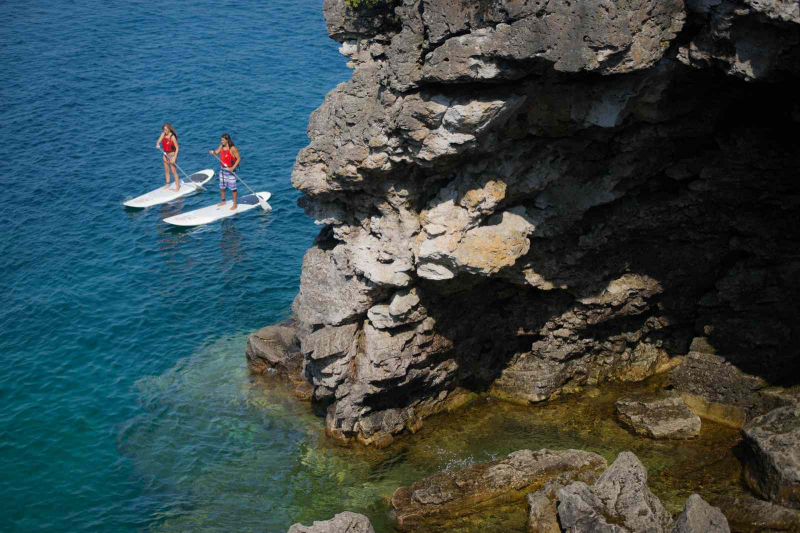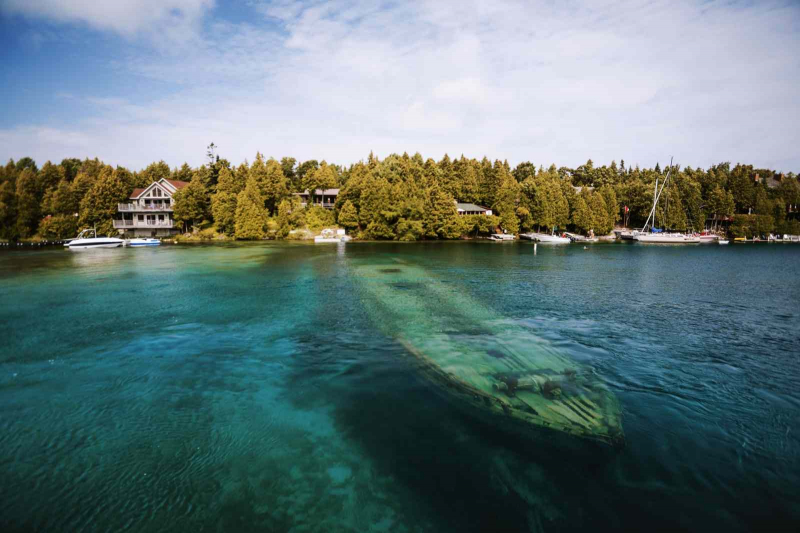Lake Huron
One of other North America's five Great Lakes is Lake Huron. In terms of hydrology, it consists of the eastern end of Lake Michigan-Huron, which is joined to Lake Michigan by the 8 km, 37 m long Straits of Mackinac. The Canadian province of Ontario borders it on the north and east, and the American state of Michigan borders it on the south and west. The Huron people who lived in the area were named by early French explorers who gave the lake its name.
Evidence gathered in the Lake Huron region led to the naming of the Huronian glacial. The North Channel and Georgian Bay are located in the lake's northernmost regions. In the southwest part of the lake is Saginaw Bay. The St. Marys River serves as the primary inlet, and the St. Clair River serves as the primary exit.
Recently, a number of new invasive species have been introduced to Lake Huron, including zebra and quagga mussels, the spiny water flea, and round gobies. By 2006, the lake's demersal fish community had collapsed, and the zooplankton community had undergone a number of significant alterations. In recent years, Chinook salmon catches have also significantly decreased, and lake whitefish abundance and health have declined. The new foreign species may be to blame for these recent alterations.
Location: bordered by Michigan in the U.S. and Ontario in Canada














